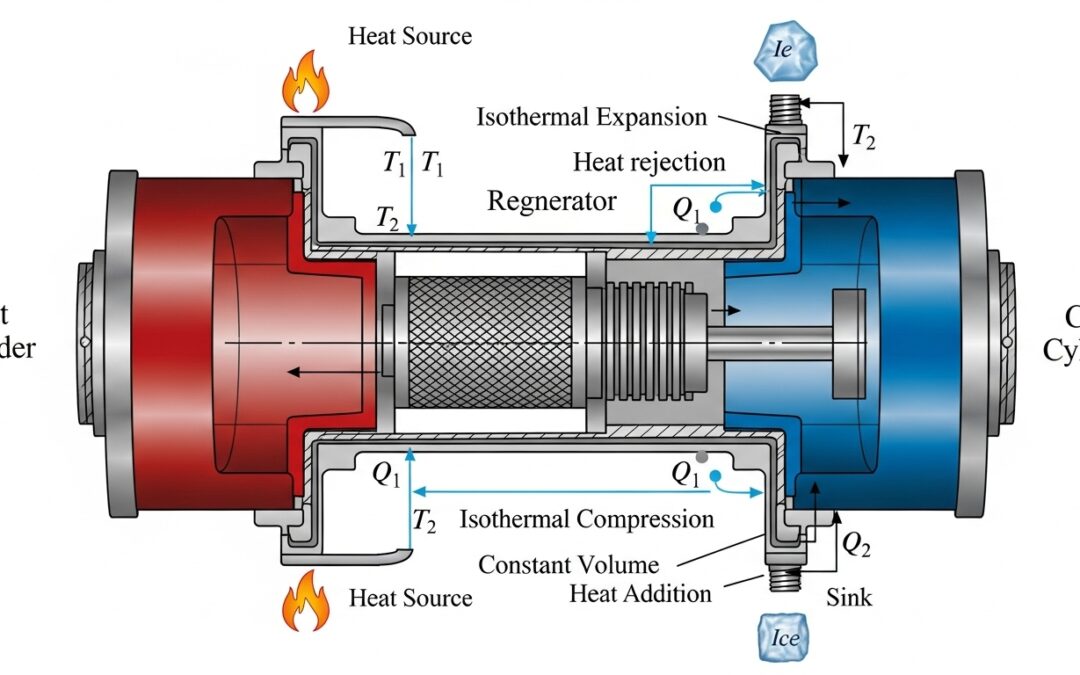The concept of 120Hz refresh rate frequently pops up in discussions about displays and gaming, but what does it actually mean? Is it just marketing jargon, or does it truly make a difference in the visual experience? Understanding the distinction between refresh rates and frame rates is crucial to getting the most out of your tech. This article aims to demystify 120Hz refresh rates and compare them to the world of 120fps video games.
Table of Contents
Read More
Is 120Hz a game-changer, or just another tech buzzword? The world of displays and gaming is awash with specifications, and understanding the difference between refresh rates and frame rates is crucial for anyone seeking a superior visual experience. This article will delve into the essence of 120Hz refresh rates, dissecting their impact on your viewing pleasure, especially when juxtaposed against the dynamics of 120fps gaming. We will dissect what these figures actually mean, how they influence the clarity and smoothness of your visuals, and what you need to know to make informed decisions about your next display or gaming setup.
Unveiling the Core: What Does 120Hz Refresh Rate Mean?
At its core, a 120Hz refresh rate is a measure of how many times per second a display updates the image it presents. Imagine a flipbook; each page is a frame, and the speed at which you flip through those pages determines how fluid the animation appears. In the context of a monitor or TV, the refresh rate is measured in Hertz (Hz), signifying the number of times the screen refreshes its image in one second. A 120Hz display, therefore, refreshes the image 120 times every second, providing a potentially smoother and more responsive visual experience compared to displays with lower refresh rates, such as 60Hz.
The Science Behind Screen Refresh
The technology behind screen refresh involves the rapid redrawing of pixels on the screen. Each pixel is a tiny light source that can change its color and brightness. The refresh rate dictates how frequently the screen updates the state of these pixels. Higher refresh rates translate to less motion blur and a perception of greater fluidity. This is especially noticeable in fast-paced scenarios, such as gaming or action-packed movies, where rapid movement can cause lower refresh rate displays to exhibit noticeable blurring or ghosting effects. The difference can be subtle at first, but as you increase the refresh rate, the clarity of motion increases dramatically.
The Perceived Benefits
The primary benefit of a 120Hz refresh rate is enhanced visual clarity, especially during motion. This means that fast-moving objects and scenes appear sharper and more detailed, reducing the strain on your eyes and improving the overall viewing experience. For gamers, this translates to a competitive edge, as the reduced motion blur makes it easier to track fast-moving targets and react quickly to in-game events. In everyday use, such as scrolling through web pages or navigating menus, the higher refresh rate provides a smoother and more responsive feel.
Frame Rates vs. Refresh Rates: Understanding the Distinction
While the terms frame rate (fps) and refresh rate (Hz) are often used in conjunction, they represent distinct concepts. Frame rate refers to the number of frames a video game or other content renders per second. Refresh rate, as we’ve discussed, is the number of times a display refreshes its image per second. The ideal scenario is when the frame rate matches or is a multiple of the refresh rate. If the frame rate exceeds the refresh rate, screen tearing can occur, where different parts of the screen display different frames. If the frame rate is lower than the refresh rate, the display may appear less responsive.
The Role of Graphics Cards
The graphics card (GPU) is responsible for rendering the frames in a video game. A powerful GPU can generate a high frame rate, but the display’s refresh rate ultimately determines how many of those frames are actually shown. For instance, if a game is running at 120fps on a 60Hz monitor, the monitor can only display 60 of those frames per second, leading to wasted processing power and potential screen tearing. Therefore, matching the GPU’s output with a display’s refresh rate is essential for optimal performance. Technologies like NVIDIA G-Sync and AMD FreeSync are designed to synchronize the frame rate and refresh rate, minimizing screen tearing and stuttering.
The Ideal Synergy
The optimal scenario occurs when the frame rate generated by the game matches the refresh rate of the display. For example, a 120Hz monitor paired with a graphics card capable of consistently producing 120fps provides the smoothest, most responsive visual experience. This requires a balance between the graphics card’s capabilities, the game’s optimization, and the display’s specifications. Achieving this synergy can significantly enhance the overall gaming experience, providing a more immersive and competitive environment.
Practical Implications: Choosing the Right Setup
Selecting the appropriate display and hardware setup involves careful consideration of your needs and budget. A 120Hz monitor is a worthwhile investment for gamers and anyone who values smooth visuals. However, it’s crucial to pair it with a graphics card that can consistently deliver high frame rates. Otherwise, the benefits of the 120Hz refresh rate will not be fully realized. In addition to the refresh rate, consider other factors such as resolution, panel type (e.g., IPS, VA, TN), and response time.
Assessing Your Needs
If you are primarily a casual gamer or use your computer for everyday tasks, a 60Hz monitor might suffice. However, if you are a competitive gamer or enjoy fast-paced action games, a 120Hz or higher refresh rate monitor is highly recommended. Additionally, consider the resolution of the monitor. A higher resolution (e.g., 1440p or 4K) provides a sharper image, but it also requires a more powerful graphics card to maintain high frame rates. Evaluate the trade-offs between refresh rate, resolution, and graphics card performance to determine the best setup for your specific needs.
Budget Considerations
The cost of 120Hz monitors has decreased significantly in recent years, making them more accessible. However, you will also need to factor in the cost of a graphics card capable of driving high frame rates. The cost of a graphics card can vary significantly depending on its performance. It’s essential to balance your budget with your performance expectations. Consider starting with a mid-range graphics card and a 120Hz monitor, upgrading components as needed to achieve the desired visual experience. Investing in a high-quality display and graphics card can improve your gaming and overall computing experience.
Key Takeaways
In conclusion, understanding the difference between 120Hz and 120fps is key to optimizing your visual experience. A 120Hz refresh rate dictates how smoothly your display refreshes images, while 120fps refers to the number of frames rendered by your graphics card. Matching these two elements can provide the best visual experience. By understanding the roles of frame rates and refresh rates, assessing your individual needs, and considering budget constraints, you can make informed decisions about your display and hardware setup. Choosing a 120Hz monitor and a powerful graphics card can dramatically improve your viewing experience, whether you’re gaming, watching movies, or simply browsing the web.
| Feature | 120Hz Refresh Rate | 120fps Frame Rate |
|---|---|---|
| Definition | The number of times a display refreshes its image per second. | The number of frames a video game or other content renders per second. |
| Measurement | Hertz (Hz) | Frames per second (fps) |
| Impact | Affects the smoothness and clarity of motion on the display. Higher refresh rates reduce motion blur. | Determines the fluidity of the content being displayed. Higher frame rates create a smoother visual experience. |
| Hardware Dependence | Requires a display capable of a 120Hz refresh rate. | Requires a graphics card (GPU) capable of rendering 120 frames per second. |
| Ideal Scenario | The display refreshes at the same rate or a multiple of the frame rate. | The frame rate matches or is a multiple of the display’s refresh rate to minimize screen tearing and maximize smoothness. |
We also Published
RESOURCES
- What are the advantages of 120 Hz screens? : r/iphone
- The 5 Best 120Hz TVs of 2025 – RTINGS.com
- How important is 120 Hz refresh rate for a TV over 60 Hz? : r/4kTV
- Oculus Quest 2 – 120Hz refresh rate. Useful ? – Virtual Reality – ED …
- Why can’t I choose a 120 Hz refresh rate on my monitor? : r/ROGAlly
- Is 120Hz a big difference compared to 60Hz in Call of Duty?
- Call of Duty: Cold War Xbox Series X – 120hz Refresh Rate Setting …
- Facing an issue with 120hz refresh rate o… – Apple Community
- Refresh rate explained: What does 60Hz, 90Hz, or 120Hz mean?
- Refresh rate can’t go over 120hz – Plasma – EndeavourOS






0 Comments